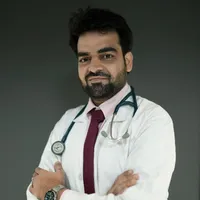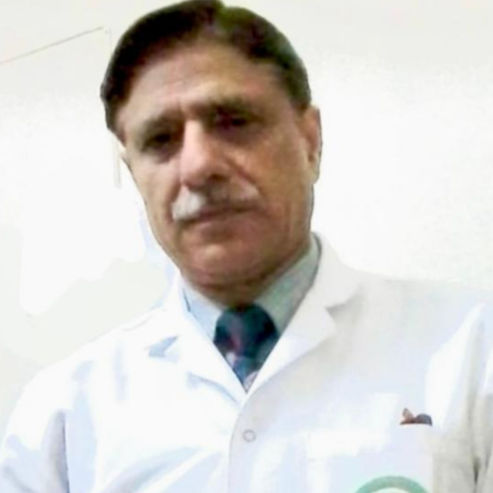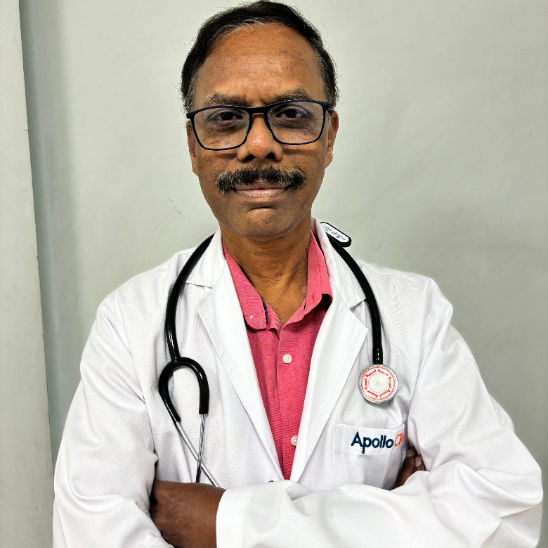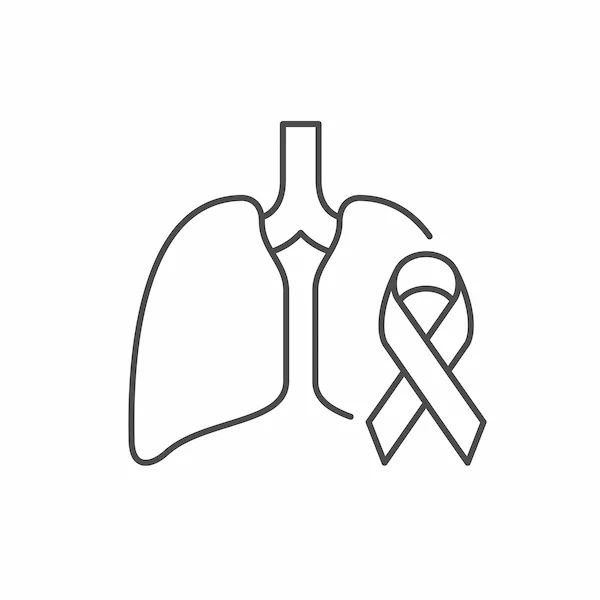Laryngoscope Uses and Applications
Discover the diverse uses and crucial applications of laryngoscopes in medical practice, from intubation and airway management to vocal cord examination and foreign body removal. Learn how this essential medical tool aids diagnosis and treatment across various specialties


When it comes to medical procedures, especially those involving the throat and airways, you may have heard of a device called a laryngoscope. If you or a loved one is scheduled for a procedure that involves this tool, you might have questions about what it is, how it works, and why it’s used. In this article, we’ll explain everything you need to know about laryngoscopes in simple, easy to understand terms.
What Is a Laryngoscope?
A laryngoscope is a medical device used by doctors to examine or treat the larynx (voice box), vocal cords, and upper part of the windpipe (trachea). It helps doctors get a clear view of these areas, which is especially important during surgeries or emergency situations when a patient has difficulty breathing.
Types of Laryngoscopes
There are two main types:
1. Direct Laryngoscope – A rigid, lighted instrument inserted through the mouth to directly visualise the throat and vocal cords.
2. Flexible Laryngoscope – A thin, flexible tube with a camera (fibreoptic scope) that is passed through the nose or mouth to examine the throat with minimal discomfort.
Why Is a Laryngoscope Used?
Laryngoscopes have several important medical applications, including:
1. Diagnosing Throat Problems
Doctors use laryngoscopes to check for issues like:
Hoarseness or voice changes (due to nodules, polyps, or infections)
Chronic cough or throat pain
Difficulty swallowing
Suspected tumors or growths in the throat
2. Assisting in Breathing (Intubation)
In emergencies (like severe allergic reactions, trauma, or surgeries), doctors may need to place a breathing tube (endotracheal tube) into the windpipe to help a patient breathe. A laryngoscope helps guide the tube safely into place.
3. Removing Foreign Objects
If something gets stuck in the throat (like food or small objects), a laryngoscope helps doctors locate and remove it safely.
4. Surgical Procedures
Surgeons use laryngoscopes during operations involving the throat, vocal cords, or upper airway to ensure precision.
Consult Top Specialists
What to Expect During a Laryngoscopy?
If your doctor recommends a laryngoscopy, here’s what you can expect:
Before the Procedure
Flexible Laryngoscopy: Usually done in a clinic with local anaesthesia (numbing spray) to minimize discomfort.
Direct Laryngoscopy: Often performed under general anaesthesia in an operating room.
During the Procedure
You may feel slight pressure, but it should not be painful.
The doctor will gently insert the scope to examine your throat.
The procedure typically takes 5 to 15 minutes.
After the Procedure
You might have a mild sore throat or hoarseness for a short time.
If anaesthesia was used, you may need someone to drive you home.
Tips for a Smooth Recovery
After a laryngoscopy, follow these simple steps for a quick recovery:
Avoid eating or drinking until the numbness wears off (if local anaesthesia was used).
Gargle with warm salt water if your throat feels irritated.
Rest your voice if you feel hoarse.
Stay hydrated to soothe your throat.
When Should You See a Doctor?
Consult an ENT (ear, nose, and throat) specialist if you experience:
Persistent hoarseness (lasting more than 2 weeks)
Difficulty swallowing or breathing
Unexplained throat pain
Feeling of something stuck in the throat
If you need a throat examination or suspect a voice-related issue, you can book a consultation with an ENT specialist on Apollo 24|7 for expert care.
Final Thoughts
A laryngoscope is a vital tool that helps doctors diagnose and treat throat and airway problems safely. Whether it’s for checking vocal cord issues, assisting in breathing emergencies, or removing obstructions, this device plays a crucial role in patient care. If you have concerns about your throat health, don’t hesitate to reach out to a healthcare provider. Early diagnosis and treatment can make a big difference in your recovery. Stay informed, stay healthy!
Consult Top Specialists
Consult Top Specialists

Dr. Ashwani Kumar
Ent Specialist
11 Years • MBBS, DNB (Otorhinolaryngology)
Delhi
Apollo Hospitals Indraprastha, Delhi
(50+ Patients)

Dr. Safina Kauser
Ent Specialist
7 Years • MBBS, MS
Bengaluru
Apollo Clinic, JP nagar, Bengaluru

Dr. Chava Anjaneyulu
Ent Specialist
24 Years • MS,ENT, (AIIMS, New Delhi), consultant ENT surgeon
Hyderabad
Apollo Hospitals Jubilee Hills, Hyderabad

Dr. Aijaz Muzamil
Ent Specialist
46 Years • MBBS, Ms ENT
Bengaluru
Apollo Clinic, Sarjapur Road, Bengaluru

Dr. Ravichandar L
Ent Specialist
34 Years • MBBS, M.S in Otolaryngology
Bengaluru
Apollo Clinic, Indiranagar, Bengaluru




